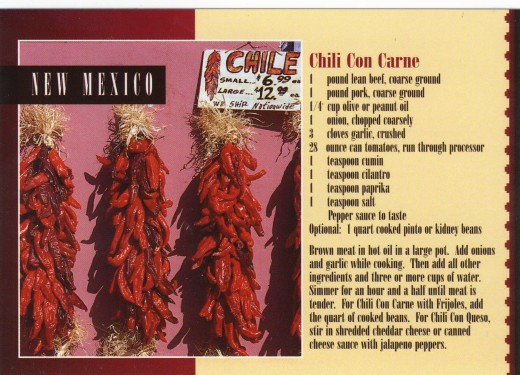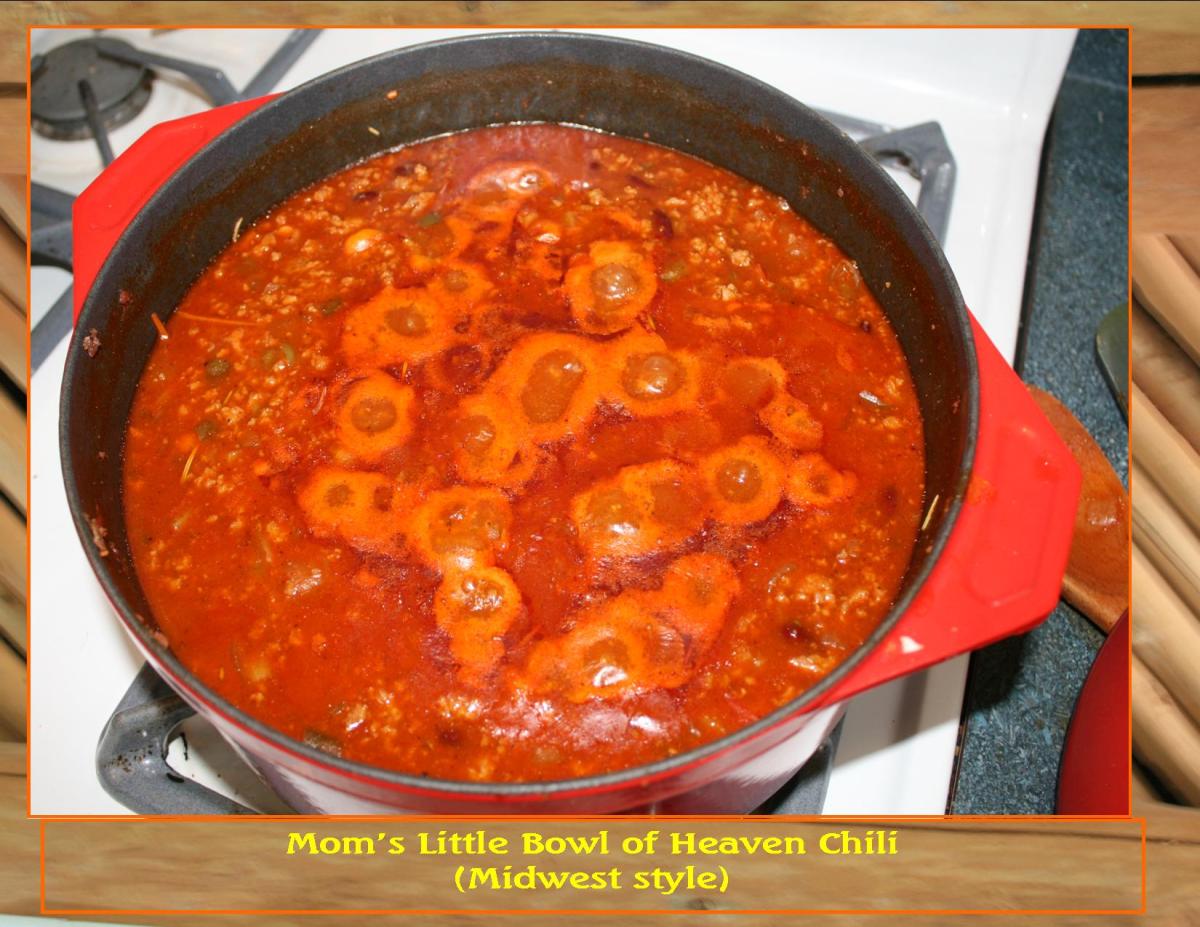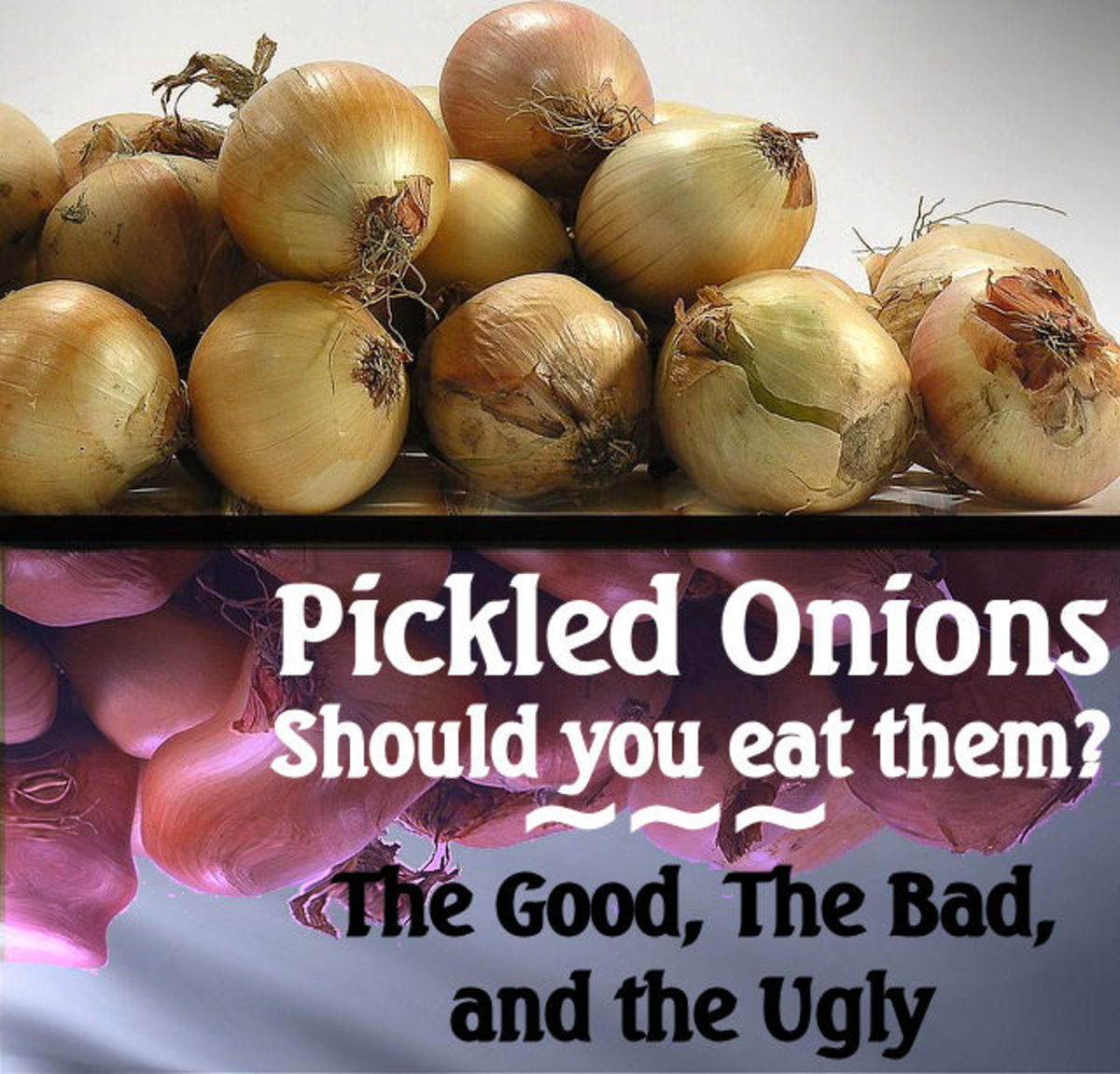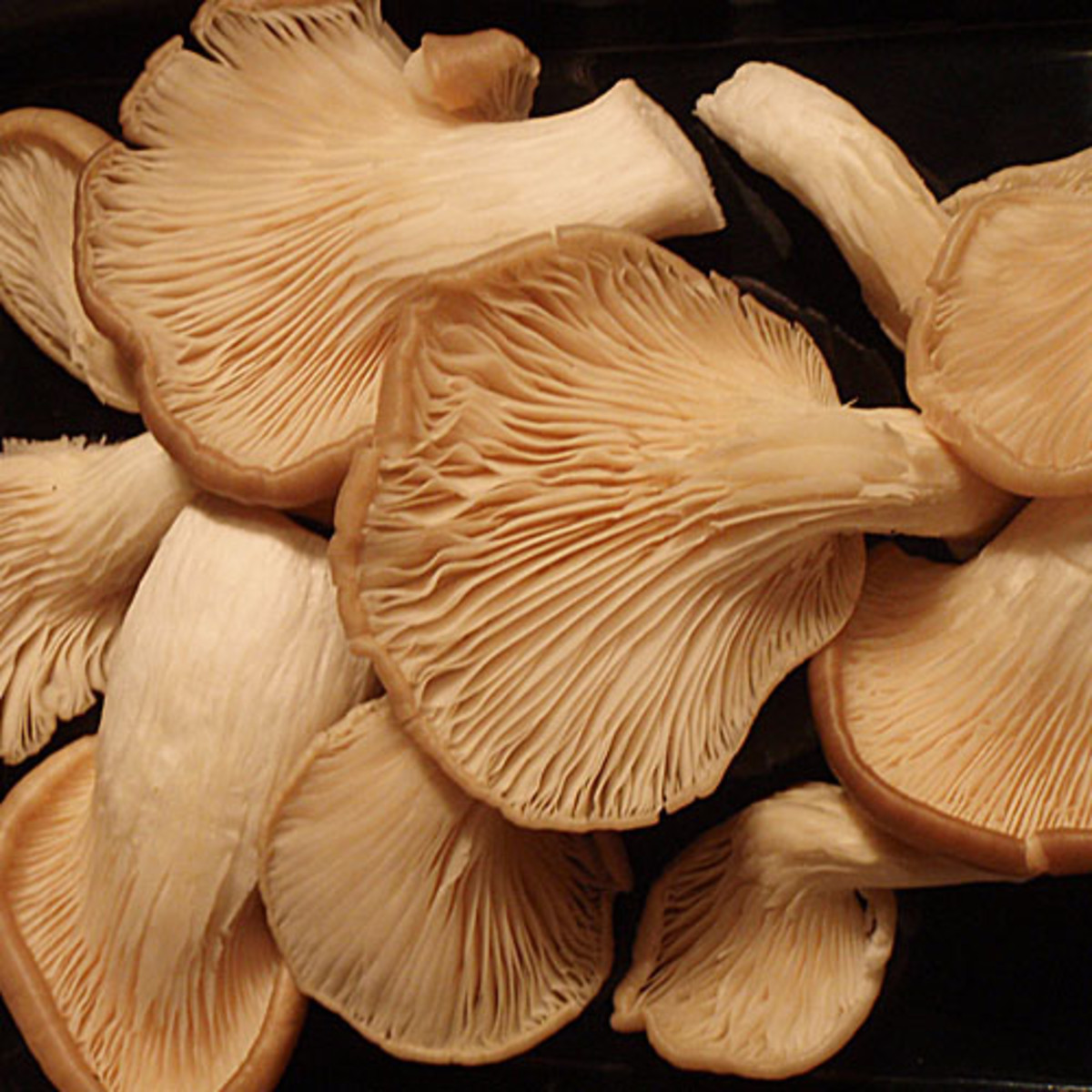What Makes a Chile Pepper Hot ? Chile Pepper Varieties and the Institute in Las Cruces New Mexico
Chili Peppers

What is a Chile Pepper and How do you Spell it?
Chile peppers (Members of the Nightshade family) hanging on strings called ristas are a true symbol of Southwestern hospitality. The biggest question for a connoisseur of Southwestern cuisine while ordering, is red or green, and how hot is it? Is the chile pepper a fruit or vegetable and what's the correct spelling of chile or Chili? Where did the chile pepper come from?
There is strong archaeological evidence that chili peppers were grown in Mexico as early as 7500 BC. Some historians credit Christopher Columbus, the explorer, for discovering chile growing during his explorations of the "New World" in the Caribbean, and he authorized Diego Alvarez Chanca, the physician on his ship to bring the peppers back to Spain. Chanca cultivated and studied the chile peppers, a member of the Capsicum family, and he wrote about the medicinal purposes of chile peppers. Once the peppers were widely grown in Spain, they were said to have "traveled" into India and into Asia. Chanca was correct about the medicinal properties of chile because we know now that chili peppers are loaded with vitamins C, B-6, potassium, magnesium and traces of iron. Tinctures of chile peppers were once rubbed into the skin for ailments such as arthritics, and today the hottest varieties of chile are put into oils and compounds used for relief of migraines, congestion and for arthritis.
The spelling chilli (with two l's and an i on the end) comes from the ancient Nahuatl word that listed chilli peppers as a fruit. The spelling chile is used to mean the chile pepper itself, while chilli refers to the dried ground red chili seasoning or to chili as a prepared food with or without beans, or the sauce made from the peppers. The most recognized spelling is now CHILE which is the recognized spelling in the state of New Mexico which produced a harvest of 705, 790 tons of chile in 2018.
The mystery seems to continue on whether chile peppers are a fruit, a vegetable a spice a type of berry or a true pepper, but there isn't any mystery on what makes chile peppers hot. Chile peppers contain amounts of the oil Capsicum which is held in the membranes under the skin of the pepper. Most people will swear that it is the seeds that make a chile hot, but in truth, it's just because the seeds have absorbed the Capsicum from the chile's membrane.
Which is hotter, the red or green?
As a rule, green chili sauce is milder and the red chili sauce from tiny red dried chilies is the hotter. Over two hundred varieties of chilies exist and new varieties are being bred all the time. The heat of a chile is determined using a method of Scoville heat units on a scale of mild to hot. Wilbur Scoville developed a method of testing the heat of peppers by using human subjects relying on their taste buds. Scoville then recorded their perceptions on a scale. Today, the results of how hot a pepper is can be determined in labs using liquid chromatography instead of human taste buds, but the lab results are still recorded in Scoville heat units of measurement. People with fewer taste buds are able to consume hotter peppers, while those with exceptional amounts of taste buds will find even mild chiles hot.
While the Jalapeno pepper has a reputation for being hot, the Jalapeno is actually rather mild according to the Scoville heat scale. For a number of years, the Red Sabina Habanero was deemed the hottest pepper, but in the 2007 Guiness World Recods the Bhut Jolokia peppers grown in India, sometimes called Ghost Peppers, were been determined to be the hottest. Then the Chile Pepper Institute, located in Las Cruces New Mexico, in an article released by the Associated Press, written by Susan Montoya Bryan, proclaimed a new hottest pepper on the planet the Trinidad Moruga Scorpion pepper.
Having a pitcher of water or milk at the ready is a good idea when trying a new food that contains some of the hotter peppers.. Others suggest squeezing a lime into your mouth, eating a slice of cheese, or eating rice or a slice of bread will help "put out the fire." When roasting or cooking with chile peppers, it's important to take precautions too. In the old days, cooks were careful to apply a thick layer of grease to their hands before handling the peppers. Today, gloves should be worn and even when gloves have been worn, its is important to wash your hands several times before touching your face, especially the area around your eyes and nose. When roasting chile peppers, cook until the outer skin is blackened. Cool, and remove the blackened skin and seeds.
Some varieties of chile can reseed themselves, but most chile seeds come from specialized chile growers, and growing and processing chile has become an increasingly big business. In 2007, sales of salsa surpassed the sales of ketchup in the United States. New Mexico is the largest producer of chile in the United States. The New Mexico State University extension in Las Cruces, New Mexico opened the Chile Pepper Institute to study new ways to cultivate chile and fight the diseases that attack the plants. The hot days, alkaline soils and slightly saline water in New Mexico is the perfect combination for growing superior chilie. According to the Chile issue, September/October 2020 of New Mexico Magazine, the Chili Pepper Institute has developed 43 new varieties of chili which are marketed under the label NuMex. Visitors to the Chile Pepper institute can visit the chile pepper garden and see 150 rotated varieties of chili peppers growing. Guided tours are available for a $25 fee. The Institute also, promotes New Mexico chiles by organizing chile festivals and culinary shows and by selling its own line of chile seeds such as Chimayos.. More information about the Institute and the chiles that they have developed can be found at chileperperinstitute.org. and at fieryfoodsshow.com.
When ordering Mexican food and asked the question of red or green, it depends on your taste buds, but chile lovers usually say Christmas, which is the accepted term for half red and half green sauce.
In reading about the bland, greasy and tasteless foods available in the early Southwest, it's no wonder folks used chile to add a little flavor, and the use of chile peppers has continued in various salsas, sauces and as a dried, spicy seasoning. While many of the uses have become widely known, adding a pinch of chili powder to a cup of strong coffee gives it a real punch, and adding a pinch of chili powder to your favorite brownie or chocolate cake will intensify the chocolate flavor. Viva Chile!
© 2011 mactavers






